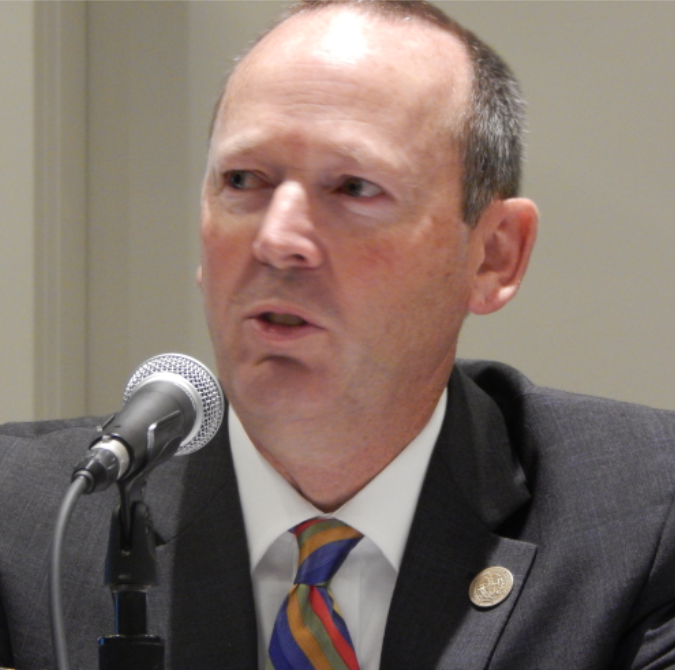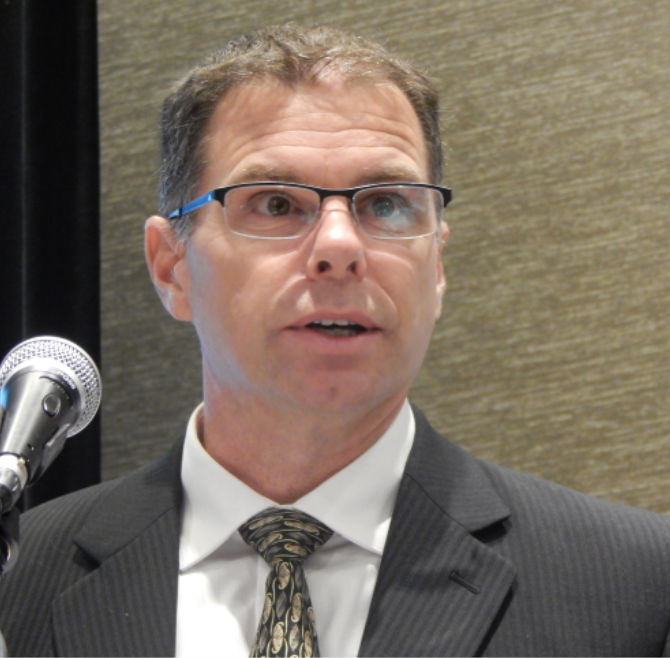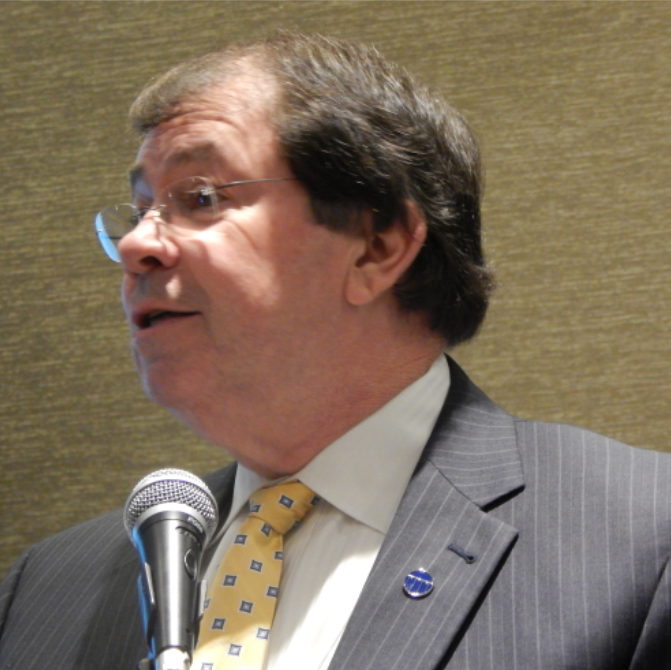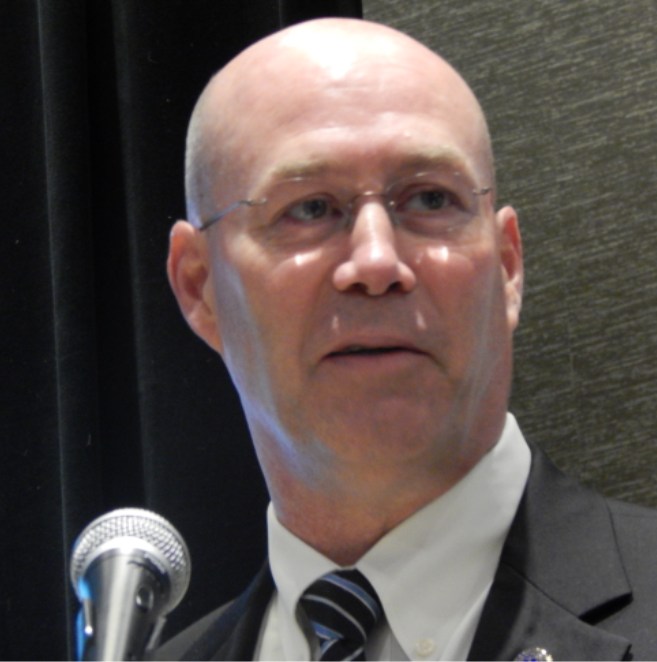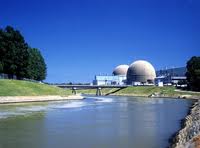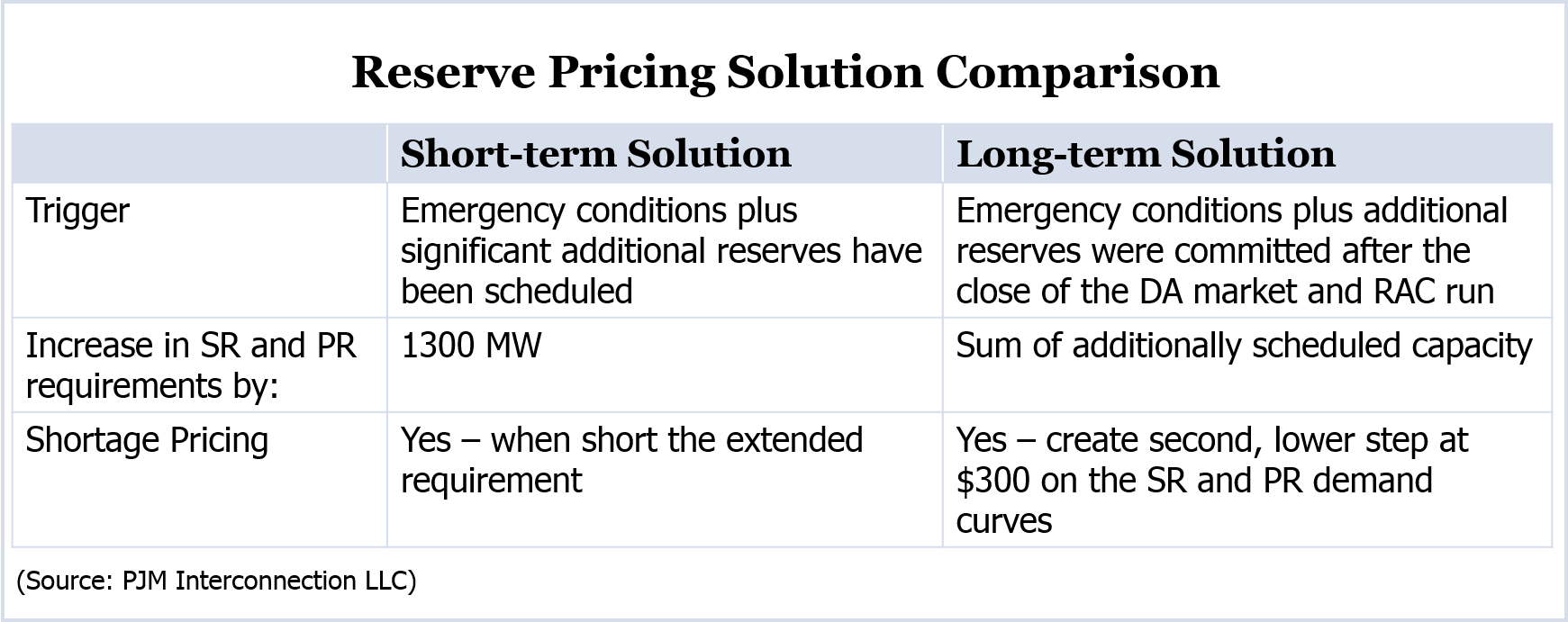Late yesterday, the D.C. Circuit Court granted a stay until Dec. 16 on its ruling voiding the Federal Energy Regulatory Commission’s Order 745. The stay will give FERC, through U.S. Solicitor General Donald B. Verrilli, Jr. , time to file a petition for certiorari with the Supreme Court. FERC Chairman Cheryl LaFleur said that the decision whether to seek a Supreme Court hearing will be made by Verilli. LaFleur said FERC’s direct authority to initiate legal action ends at the circuit court.
RTO Insider will have updates as the story develops.
DR Providers Push Back on PJM EPSA Response
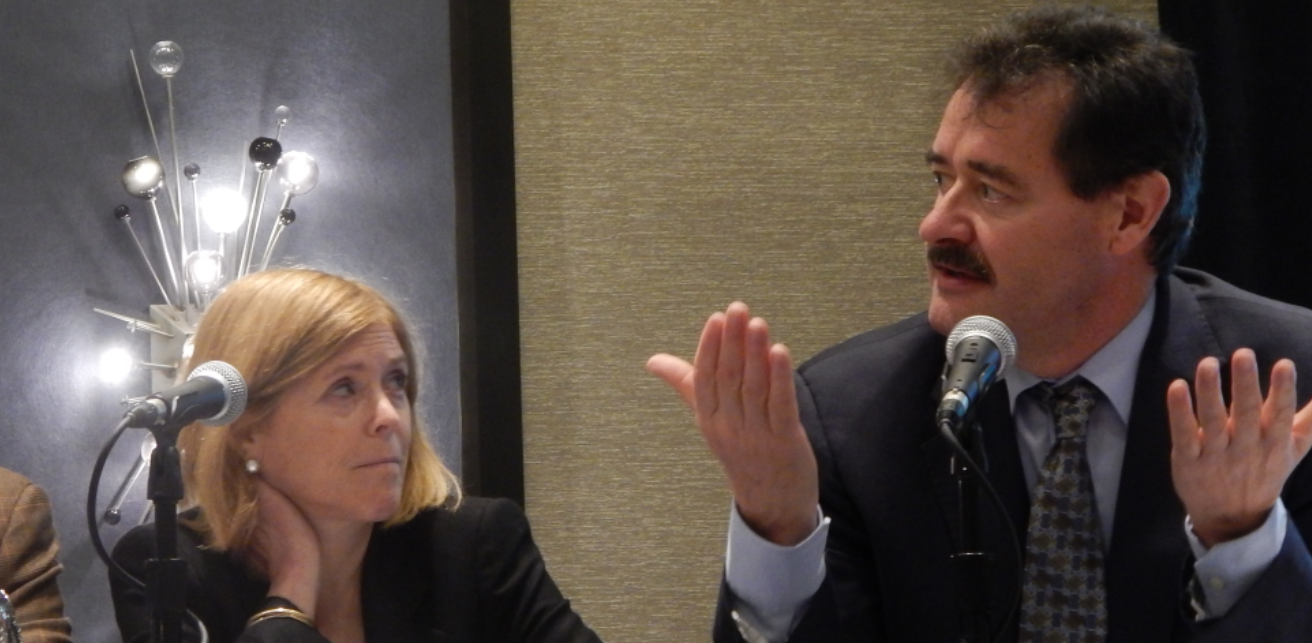
CHICAGO — Demand response aggregators told PJM officials last week that the RTO’s proposed response to a court ruling narrowing federal jurisdiction over DR is overly broad and will reduce the resource’s role in the markets.
On Oct. 7, PJM issued a white paper in response to the D.C. Circuit Court of Appeals’ May 23 ruling (Electric Power Supply Association v. Federal Energy Regulatory Commission) that overturned FERC Order 745. Although the order addressed FERC’s authority over DR in the energy markets, FirstEnergy responded to the court ruling by filing a complaint seeking to have DR excluded from the May 2014 capacity auction.
To avoid legal vulnerabilities, PJM proposed eliminating DR as a capacity supply resource and instead having load-serving entities offer DR and energy efficiency to reduce their capacity obligations. (See Awaiting FERC Action, PJM Floats ‘Trial Balloon’ on DR Post-EPSA.)
Boston: Demand Response’s Role Secure
“We believe in our heart that DR has a role in our future,” PJM CEO Terry Boston told the Organization of PJM States Inc. (OPSI) annual meeting last week.
In a panel discussion at the meeting, Katie Guerry, vice president of regulatory affairs for EnerNOC, contended the EPSA ruling does not require any changes to the capacity market. “Capacity is a uniquely wholesale product, unlike energy,” she said, adding that FERC has ruled that capacity is not just and reasonable without DR. If DR is removed from capacity, she said, “every ratepayer’s bill will go up, whether they participate in demand response or not.”
Marji Philips, director of RTO and federal services for Direct Energy, said eliminating DR that has already cleared in capacity auctions would be “a travesty to customers. The demand response is there. It exists. It’s been called on. And by ‘poofing’ it [making it disappear] and saying we can’t match it up so therefore we don’t have the capacity when you do have it, seems to be a very poor way of doing this.”
Stu Bresler, PJM vice president of market operations, said PJM’s proposal was intended to eliminate the uncertainty of a future court ruling that might force the RTO to rerun its auctions. “The last thing PJM wants to do is to ‘poof’ away a reliable asset we’ve already procured,” Bresler said.
At a stakeholder meeting Wednesday, Bresler was unable to answer a question from Mike McMahon of the Illinois Citizens Utility Board about how much of PJM’s demand response could qualify under the RTO’s proposed Capacity Performance product. (See related story, Revised Capacity Performance Plan Wins Bowring’s Support.) Bresler predicted a “significant quantity of DR” would qualify but added, “I don’t have a good number for you.”
From Supply to Demand Side
The PJM proposal would change DR from a supply-side resource to “putting it on the demand side of the equation,” where it can shift the demand curve to the left, Bresler explained. “If the price goes above [the level bid by LSEs] their obligation is reduced.”
While praising PJM for making a proposal, Guerry said its proposal may quash innovation and result in “less choice, higher prices and less operational flexibility.”
More than three-quarters of DR comes via curtailment service providers, such as EnerNOC. Replacing CSPs with LSEs and bundling DR with supply contracts will result in a loss of transparency and customer choice, Guerry said. “The reality is [LSEs] have a business model. More DR lowers the value of their hedges,” she said.
West Virginia Consumer Advocate Jackie Roberts also questioned the feasibility of PJM’s proposed reliance on LSEs.
“If LSEs wanted to be in that market they’d be in that market. They’re not,” she said. [States are] “not capable of that behind-the-meter demand response. That’s why CSPs have that role.”
Not necessarily, according to Philips, who said Direct Energy is partnering with smart thermostat maker Nest Labs to provide DR to residential customers in Texas. “There are LSEs that do want to play in the market,” she said.
Technology Will Prevail
Former Ohio Public Service Commissioner Paul Centolella said technology can help DR overcome the obstacles posed by EPSA. “The technology that is available today is sufficiently speedy, sufficiently granular, that actually you can do much more than what we’ve seen from demand response resources to date.”
Centonella said thermostats such as Nest — which he said is increasing its market penetration faster than the first and second generations of the iPod — can enable “automated customer choice.”
Google purchased Nest for $3.2 billion in February. “Apple has its own strategy. New players are coming into this market from Lowe’s and Best Buy. This will probably really significantly change power markets,” he said.
“Just like Kayak can help you choose the least expensive airfare or Pandora can match your musical preferences, these devices can select the least expensive time in which to use power and they can match a customer’s preferences for savings and comfort.”


